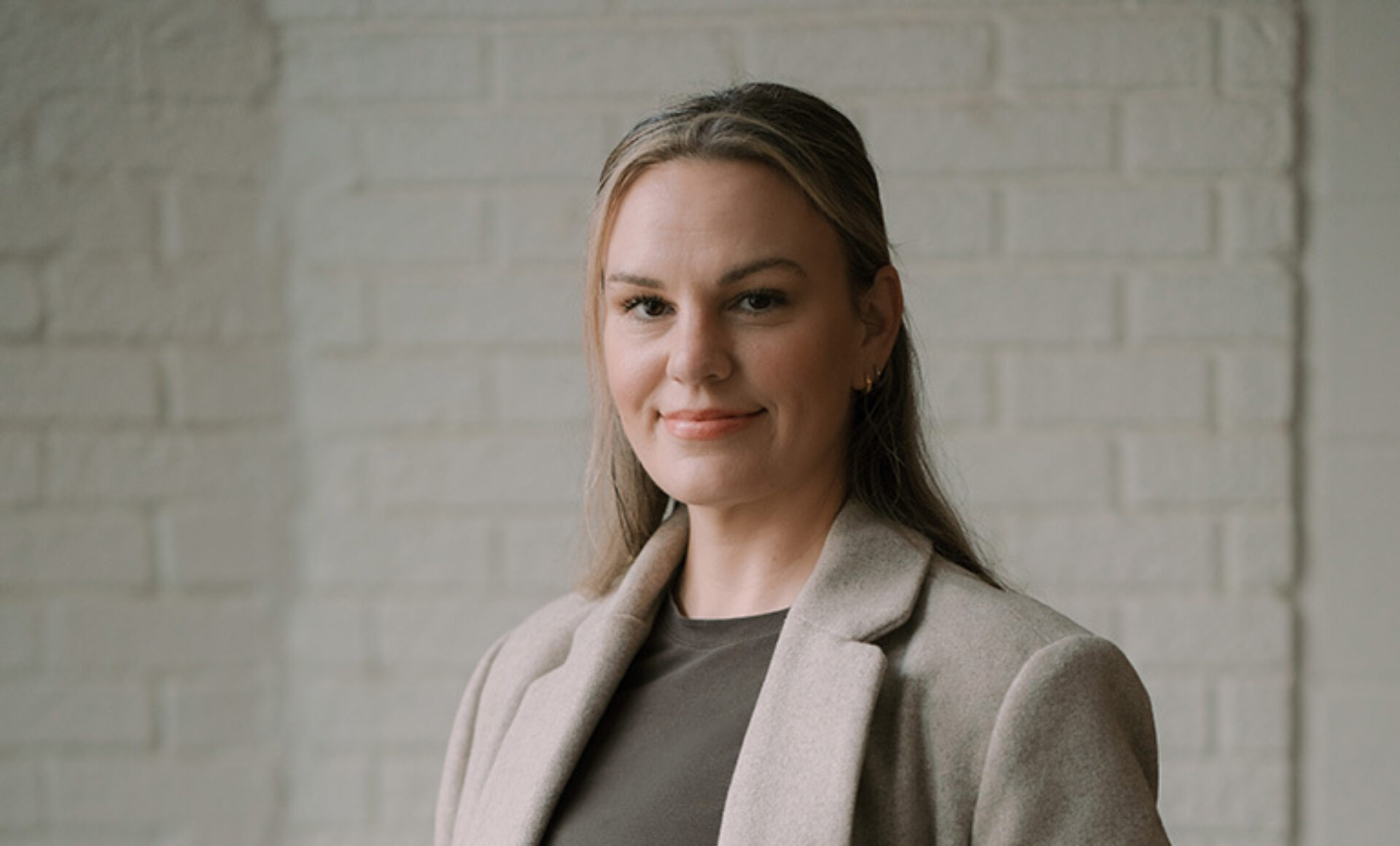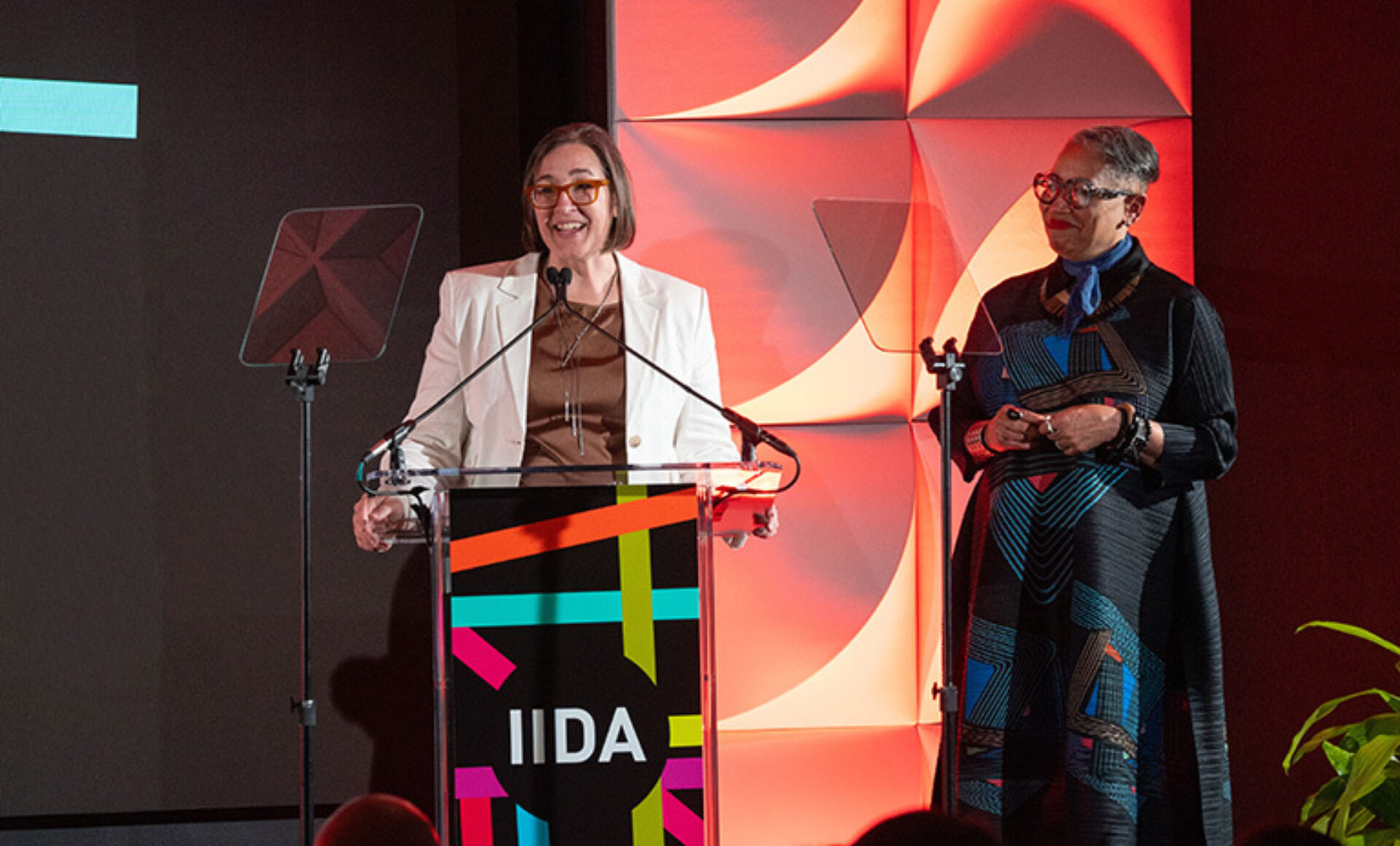One of the important facets of creating a sense of community both in the built environment, in our communities, and in our workplaces is embracing how everyone's differences contribute to a greater understanding of how the ecologies around us can best function—and succeed. Part of that work as designers is examining how we relate to one another within the industry, and celebrating the identities of our colleagues whose unique experiences have inspired not only innovative and beautiful design, but also inspiring modes of leadership in our industry.
Through her leadership and advocacy for bringing diverse perspectives and more diverse representation to the design industry, Marivel Ansera was named IIDA’s 2021 Member of the Year. Ansera is a member of the IIDA Equity Council Leadership Committee member, and HGA’s Minneapolis Interior Design Department Leader and Associate VP. She is a passionate designer and leader in the industry because “to say I love my career would be an understatement; I walk in my purpose,” and that passion shines through. She noted that she wants to use her work to enable designers of color to find their voice and shift the industry.
Hispanic Heritage month is a great opportunity to look to our Hispanic and Latinx colleagues and recognize their unique contributions to how we think about design—but also ask ourselves how we can better support and amplify their experiences and success. We asked Ansera to share her experiences in our industry through the lens of a Latina woman. She reflects on the good and the challenging—how her culture informs her design work, the unique complexity of the Latinidad identity, and what she’s currently inspired by.
IIDA: When did you know that design was for you?
Mari Ansera: It’s important that I first say, I was never expected to go to college. I was supposed to get a decent job and work until I got married. Fortunately, in junior high, I was targeted as a student with high potential and was a part of a program designed to elevate students with marginalized identities and prepare them for college. I happened to be on a field trip to the University of Minnesota’s College of Design to explore career options when I found myself staring at design boards. The women behind the table asked if I knew what interior design was. After I had obviously indicated I did not, she proceeded to tell me about interior design. She described everything she was learning and all she had hoped to do in her career. All I remember is the feeling—it was at that moment, I knew interior design was what I was going to do for the rest of my life.

What does it mean to be Latina in the interior design industry?
Being Latina, Chicana more specifically, has always left me with the feeling of not belonging, never Mexican enough, never American enough—I never knew where I fit. Working In the interior design industry, can feel like an extension of that life. There tends to be this underlying current of being othered. Whether in my personal or professional life, I am in the constant battle of wanting to belong and yet, the second question I am usually asked is, “But where are you really from?”
This is a cutting question that seems harmless enough, but I know what they are asking. They want to know my ethnicity, yet all I feel is a clear and apparent difference, otherness. It took me many years of connecting to my history and my roots to understand who I really am. I've learned from other Latinx designers, artists, and friends that I am not alone, and I now live my differences fluidly. I have learned to embrace my otherness and I have used my own experiences to help me as I lean into an empathetic approach to design. Knowing that I too have felt unseen or unheard, I stand in the gap with boldness and courage to challenge assumptions. I am watching the world change as the influence of Latinx culture is taking rise and I see the influence our community is having on interior design as well. I am no longer the only Latina I know in the design industry, and I love that. To see yourself in others or to be surrounded by people who have a shared history brings a powerful sense of belonging.
Are there any barriers that Latina designers face that are unique, and what progress do you see in the EDI space that specifically affects this design community?
This is a hard topic to discuss. If I’m being honest, it can be a paradox. The truth is many times Latinx people can face racism and erasure. We are unfortunately caught in a system that has oversimplified racism to the difference between black and white. Those who find themselves somewhere in the middle can be overlooked, or because of colorism, we can be caught in awkward positions when speaking on racism or systemic barriers. We also can’t lose sight of the fact that Latinidad is complex and diverse in itself. The differences are beautiful—From Afro-Latinx born of the tragedy of chattel slavery, the almost complete elimination of our indigeneity, or our Spanish heritage. All of this has been an intricately intertwined history. A shared identity with all Latinx peoples. How I see this influence us the most and has really begun to change design is the unity of our collective voices. It should be no surprise that though the racial diversity of our industry is changing, currently the Latinx only make up a mere 3% of interior designers. Both our desire to uplift each other and our other communities of color, and our shared histories of racial injustices in our society, have helped us all form stronger voices with richer perspectives.

Are there ways that your heritage or cultural background informs your practice?
As a girl I remember growing up watching my tias as they prepared themselves for parties. To them, beauty was everything. A kids birthday party meant nothing less than perfectly fitting dresses and high heels, make-up, perfume, jewelry, and bright lipstick. The dishes and homes were immaculate. When designing for our communities, that is what has influenced me the most. We didn’t have much growing up, but we made the best of everything. I have never lost sight of the way a beautiful dress or perfectly placed decoration can evoke joy. When designing, I explore the ways design can be both beautiful and approachable. I use my platform and my voice to make design accessible for everyone. Everyone deserves to walk into a space and feel welcome, to feel dignity, and to feel like they belong.
What or who are you currently inspired by?
I am currently exploring the intentionality of David Adjaye’s work. What inspires me most about Mr. Adjaye’s work is that he can beautifully articulate the design language of a culture that celebrates the history, while also developing an approachable and seamless architectural language that can be inviting to anyone. I am also incredibly interested in uncovering the work of contemporary Latinx artists. Their work has become highly influential in my own journey to capture the beauty and essence of Latinx culture. I am learning to understand that interior design can have both an inherent design language but also be a place where we each can experience design. Great design should invite us to bring our own histories and experiences and to show up as all that we are in that moment and see our own reflections. The work of the Latinx artist is inspiring me to revisit my own history, my own childhood and rediscover what captured the heart of that 18-year-old girl and how she can inspire others like her to find their own place in design.






